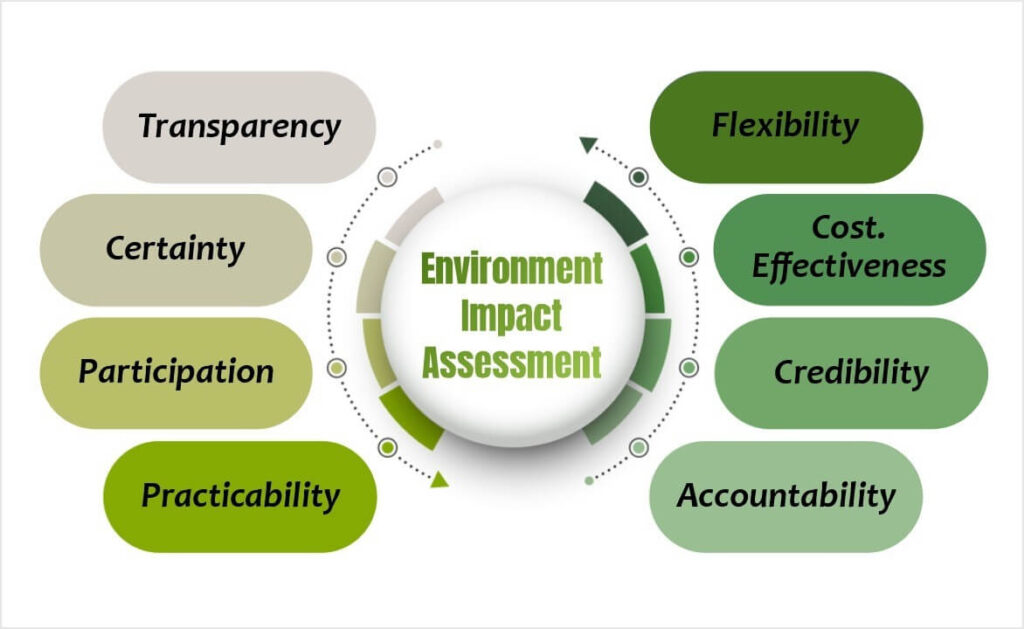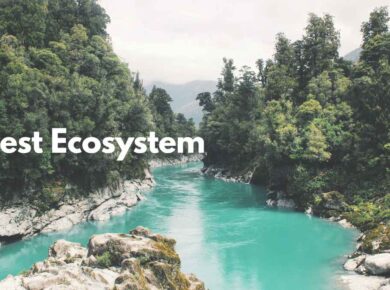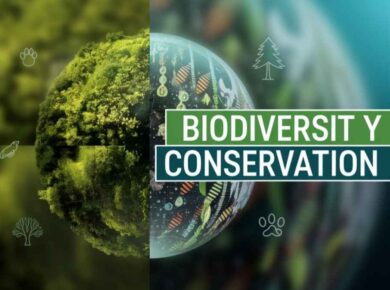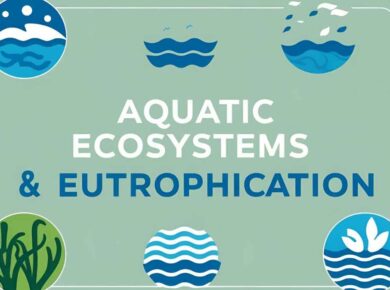Environmental Impact Assessment + Agriculture Techniques & Revolutions
Environmental Impact Assessment (EIA)
Environmental impact assessment is the formal process used to predict the environmental consequences (positive or negative) of a plan, policy, program, or project prior to the decision to move forward with the proposed action.
- An important management tool for ensuring optimal use of natural resources for sustainable development.
- Aimed to ensure that decision makers consider the environmental impacts when deciding whether or not to proceed with a project.
- A useful aid for decision making based on understanding of the environment implications including social, cultural and aesthetic concerns which could be integrated with the analysis of the project costs and benefits.
- Once an application has been submitted by a project authority along with all the requisite documents specified in the EIA Notification, it is scrutinized by the technical staff of the Ministry prior to placing it before the Environmental Appraisal Committees.
- The Appraisal Committees evaluate the impact of the project based on the data furnished by the project authorities and if necessary, site visits or on-the-spot assessment of various environmental aspects are also undertaken.
- Based on such examination, the Committees make recommendations for approval or rejection of the project, which are then processed in the Ministry for approval or rejection.
General Rearing Methods for Common Agriculture Techniques |
|
| Sericulture | Rearing of silkworm |
| Pisciculture | Fish farming |
| Floriculture | flower farming |
| Viticulture | Grape farming |
| Vermiculture | Earthworm farming |
| Horticulture | Garden or plant cultivation |
| Apiculture | Rearing of Honey Bees |
| Pomoculture | Fruits farming |
| Olericulture | Vegetable farming |
| Permaculture | Development of agricultural ecosystems intended to be sustainable and self-sufficient |
| Silviculture | Art of cultivating foreign trees |
| Hydroculture | Aquatic Horticulture |
| Aeroponics | Growing plants in an air or mist environment without the use of soil or an aggregate medium |
| Geoponics | Growing plants in soil |
| Arboriculture | Cultivation, management & study of individual trees, shrubs, vines & other perennial woody plants |
| Hydroponics | Growing plants using mineral nutrient solutions, in water, without soil |
Advertisement: World’s fastest hosting – secure, reliable, limited-time offer! Click now!
Revolutions & Associated Products |
|
| Blue revolution | Fisheries |
| Green revolution | Agriculture – Reduced Biodiversity of Rice & Wheat |
| Pink revolution | Drugs & Pharma |
| Yellow revolution | Oil seeds |
| White revolution | Dairy & Milk |
| Grey revolution | Fertilizer & Housing Development |
| Round revolution | Potato |
| Brown revolution | Leather |
| Black revolution | Petroleum |
| Red revolution | Meat & Tomato |
| Golden revolution | Horticulture |
| Golden fiber revolution | Jute |
| Silver revolution | Egg /Poultry |
| Silver fiber revolution | Cotton |
| Evergreen revolution | Overall agriculture development |
For more updates, explore the Environment category. Feel free to share your thoughts and comments
If you’re passionate about building a successful blogging website, check out this helpful guide at Coding Tag – How to Start a Successful Blog. It offers practical steps and expert tips to kickstart your blogging journey!







